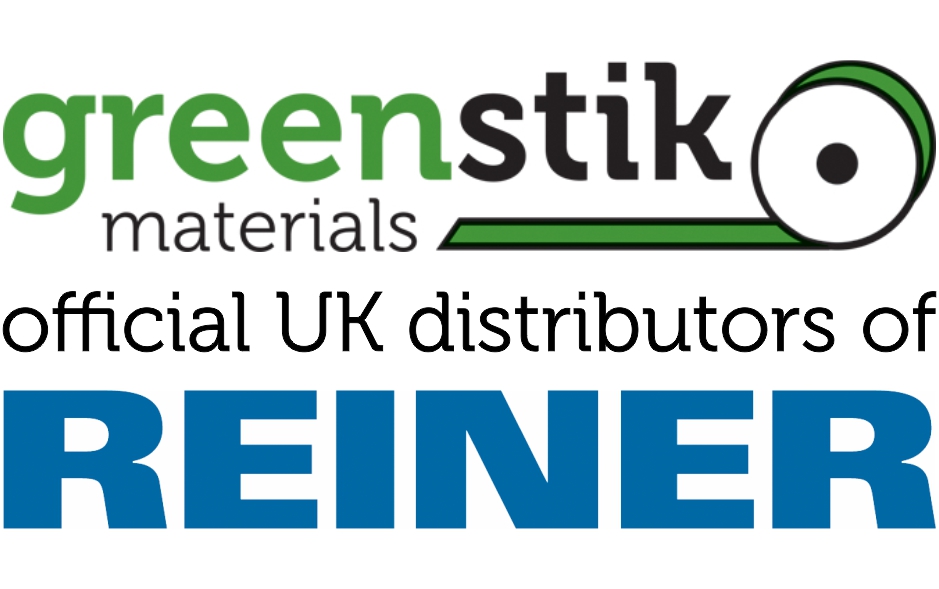- 5 common misconceptions about handheld inkjet printers
-
- Food date and lot marking solutions for small businesses 0
- Changing the ink cartridge in your REINER 940 0
- Planning to open your own microbrewery? 0
- Why millennials decide to shun plastic in favour of eco-friendly materials 2
- 5 common misconceptions about handheld inkjet printers 0
- REINER introduces the new P1-MP6 ink for dark surfaces 0
- How to barcode your products 4
- Choosing the right ink for your REINER printer 0
5 common misconceptions about handheld inkjet printers
Since the introduction of portable inkjet printers many myths have arisen about their usage, appliances, capabilities and features they actually have. The versatility of these devices distinguishes them from other marking systems, especially those used in production or packing departments. Although being continuously present in the market their characteristics are still not clear and sometimes need explanation. We will try to dispel most common misconceptions about this handy equipment!
THE SURFACE I NEED TO PRINT ON IS NOT SMOOTH, SO IT’S NOT POSSIBLE TO USE A HANDHELD INKJET ON IT
We often get asked about this matter. Nothing can be further from the truth! Handheld inkjets are provided with a mechanism that allows them to do a very precise print on objects and products which are curved or have irregular areas.
Designed especially for this purpose they may be used on untreated wood, corrugated cardboard, bent or curvy metal parts, or deformed, flexible food foil. Our clients have also used REINER printers on barrels and raw timber. For more examples read our Case Studies section. While inline marking systems need serious adjustments and complicated technical support for large production parts to work, this may be circumvented with handheld devices.
MY PRODUCTION VOLUME IS TOO BIG FOR A HANDHELD INKJET PRINTER
Another myth concerning portable inkjets is that they might not handle big production scopes. Producers and packers try to use the most cost-effective and fast equipment – that’s obvious.
In a fast paced world of business, time is always money!
Handheld inkjets by REINER can be very quick and if automated, are able to mark over 3600 objects per hour (with the speed of 0.6 sec for one imprint), depending on the amount of information that needs to be placed on the surface. At the same time, they offer an external trigger and delay capability, which makes them even more easy to use.
THE PRINTER HAS TO TOUCH THE ARTICLE OR PAPER TO PRINT EFFECTIVELY
This is not true! Some products are shaped in a way that makes it hard or even impossible for the printer to touch them (or their elements), but it doesn’t prevent it from marking effectively. Sometimes it’s hard to put the machine on top of the article (a good example are eggs on a conveyor belt), some require more space in order to save their delicate surface. This is where an inkjet can be applied. It can be used at multiple angles, without loss of information and print quality within a distance of even 10mm.
THE TEMPERATURES AT WHICH I WOULD USE THE PRINTER IN CAN RUIN THE DEVICE
Our clients are often concerned that a portable inkjet might not work properly in their operating conditions because of extreme temperatures (either very high or very low). Bakeries and cold stores are a good example here. Fortunately, the printers are very solid and resilient and can withstand temperatures ranging from -12°C to 40°C.
THE REINER HANDHELD PRINTERS CANNOT BE AUTOMATED
Automation is defined in a number of ways, whether we refer to features on the printer such as automated sequential numbering, automated live data, or in the way of stored imprints.
Most of our machines can also be used alongside 3rd party programs such as Microsoft Excel and Word. This means that data can be created in these documents to trigger a series of automatic prints using your inkjet printer.
Automation can also be done by integrating your printer to your production line, helping you speed up processes.
If you'd like more information regarding the automation of REINER inkjet printers, or need help finding the right printer for your requirements, please click the button below.
